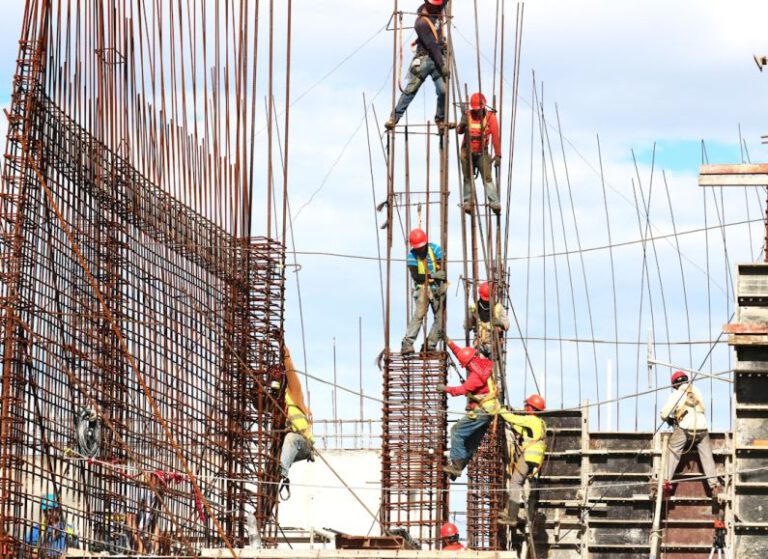What Role Does Graphene Play in Construction Today?
Innovations in construction materials have the potential to revolutionize the way we build structures, with graphene emerging as a game-changer in the industry. Graphene, a single layer of carbon atoms arranged in a hexagonal lattice, is known for its exceptional strength, conductivity, and flexibility. This remarkable material is finding its way into various construction applications, offering a range of benefits that could shape the future of the industry.
### Enhancing Structural Strength
One of the key roles graphene plays in construction today is enhancing the structural strength of buildings and infrastructure. By incorporating graphene into traditional construction materials such as concrete and asphalt, engineers can significantly improve their mechanical properties. Graphene-reinforced materials exhibit increased tensile strength, making them more resistant to cracking and deformation. This enhanced durability not only extends the lifespan of structures but also reduces maintenance costs over time.
### Improving Thermal and Electrical Conductivity
Graphene’s high thermal and electrical conductivity properties have opened up new possibilities in construction applications. By integrating graphene into building materials, such as insulation panels and coatings, it is possible to improve energy efficiency and enhance overall performance. Graphene-based composites can efficiently dissipate heat, making buildings more comfortable and energy-efficient. Moreover, the use of graphene in electrical circuits and sensors can enable smart building systems that monitor and adjust conditions in real-time.
### Lightweight and Sustainable Solutions
Another significant role graphene plays in construction is in the development of lightweight and sustainable solutions. With its exceptional strength-to-weight ratio, graphene allows for the creation of thin yet robust materials that can reduce the overall weight of structures without compromising on strength. This lightweight characteristic is particularly advantageous in applications where weight reduction is critical, such as in aerospace structures and high-rise buildings. Additionally, graphene’s sustainability profile, being an environmentally friendly material, aligns well with the industry’s increasing focus on green construction practices.
### Enhancing Waterproofing and Corrosion Resistance
Waterproofing and corrosion protection are essential considerations in construction to ensure the longevity of buildings and infrastructure. Graphene-based coatings and membranes offer superior waterproofing properties, effectively preventing water ingress and moisture damage. These graphene coatings create a barrier that is impermeable to water while still allowing structures to breathe, reducing the risk of mold and decay. Furthermore, graphene’s corrosion resistance properties make it an ideal choice for protecting steel and concrete structures in harsh environments, extending their service life.
### Advancing Sustainable Energy Solutions
Graphene’s exceptional properties are also driving advancements in sustainable energy solutions within the construction sector. By incorporating graphene into solar panels, researchers are developing more efficient and lightweight photovoltaic cells that can generate electricity from renewable sources. Graphene’s high electrical conductivity enables better charge transport within solar cells, improving overall energy conversion efficiency. Additionally, graphene-based energy storage devices, such as supercapacitors, offer a promising solution for storing renewable energy and managing power distribution systems efficiently.
### The Future of Construction with Graphene
As the construction industry continues to evolve, graphene is poised to play a significant role in shaping the future of building materials and technologies. Its unique combination of properties, including strength, conductivity, and sustainability, make it a versatile material with vast potential for innovation. By leveraging graphene’s capabilities, engineers and architects can design structures that are not only stronger and more durable but also more energy-efficient and environmentally friendly.
In conclusion, graphene’s impact on construction today is evident in its ability to enhance structural strength, improve thermal and electrical conductivity, provide lightweight and sustainable solutions, enhance waterproofing and corrosion resistance, and advance sustainable energy solutions. As research and development in graphene-based materials progress, the industry can look forward to more innovative applications that will redefine the way we build and interact with our built environment.






